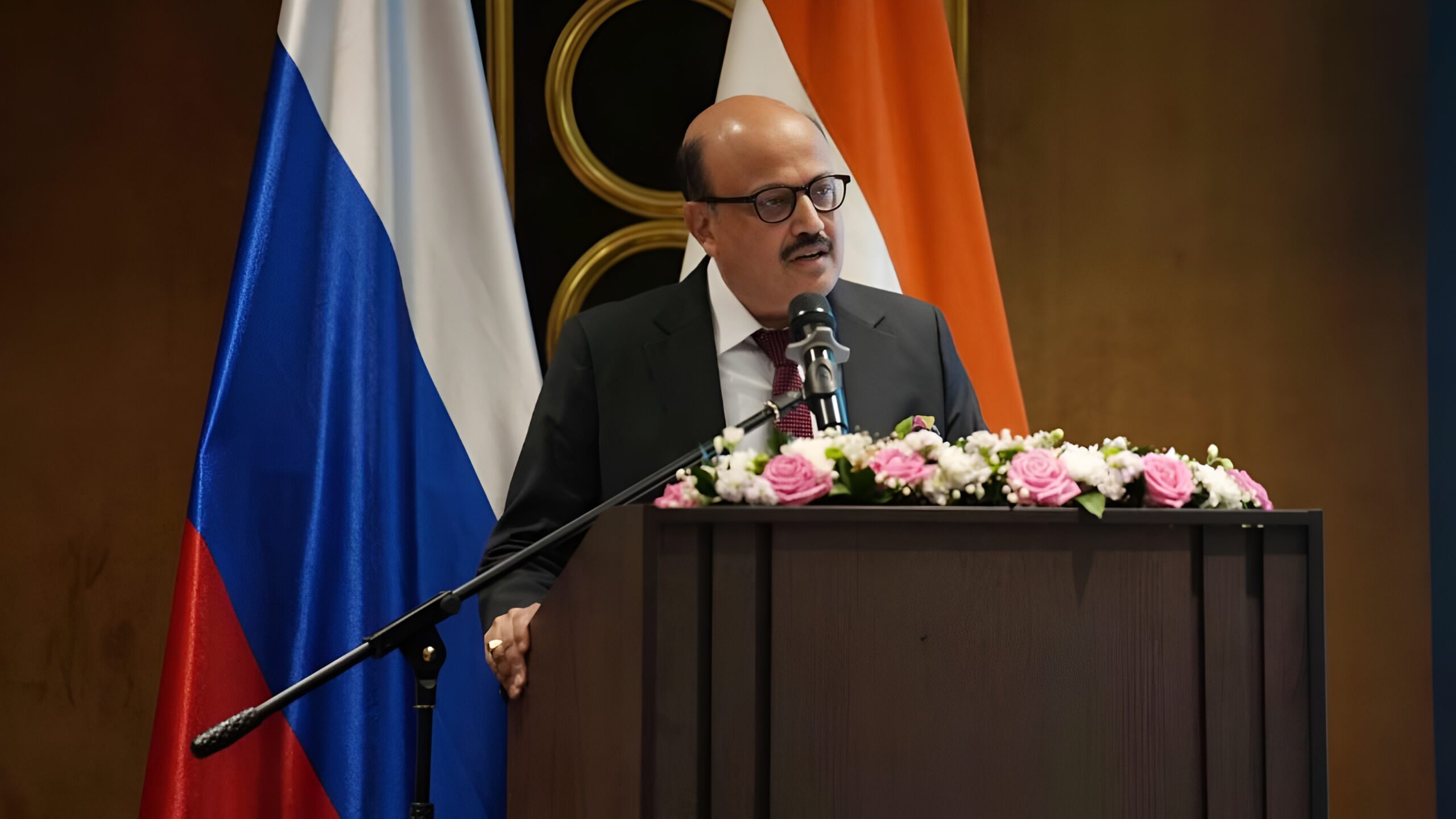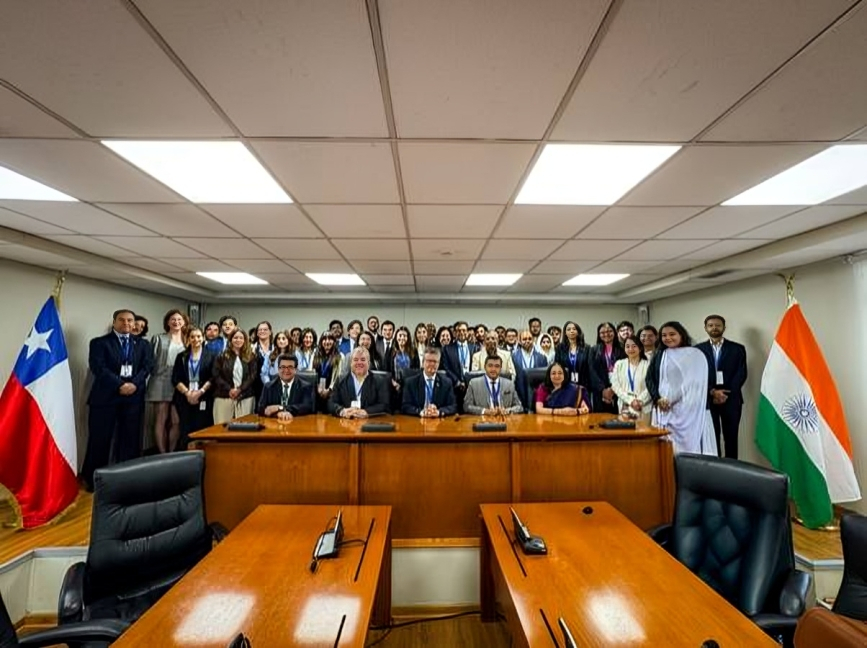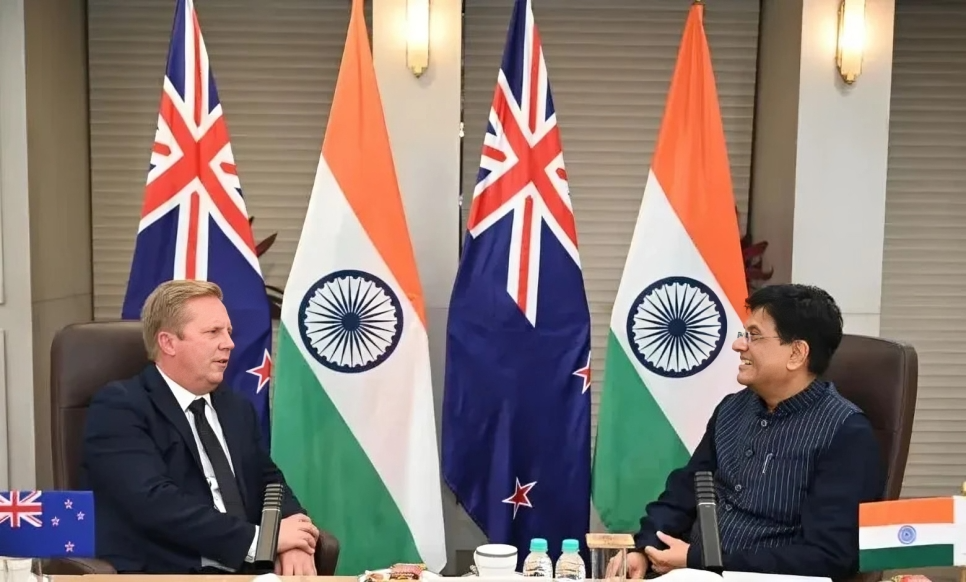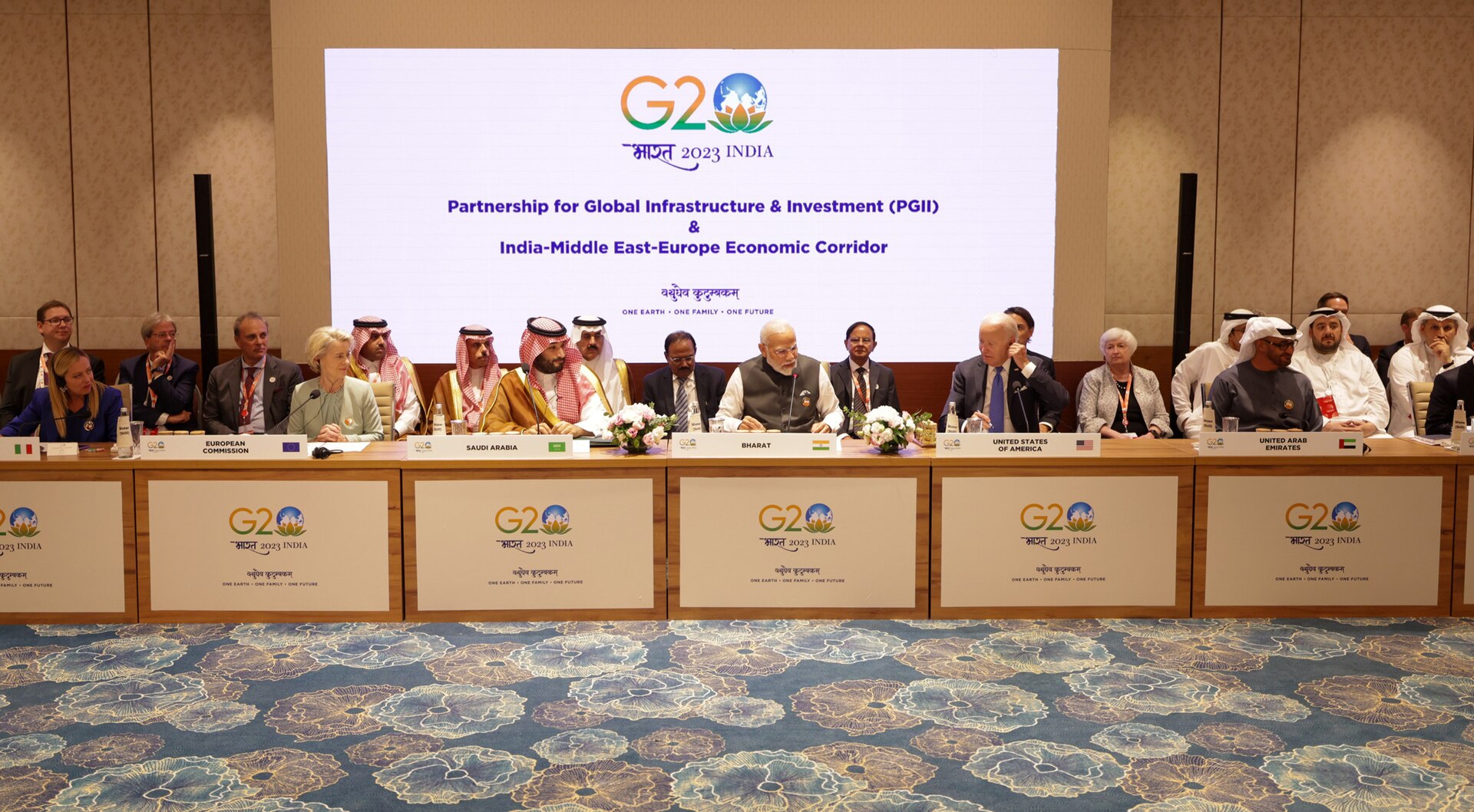Route to Central Asia Narrows for India’s Small Exporters

Loss of Chabahar protection may force SMEs to fall back on slower, costlier trade channels
The United States’ decision to withdraw the sanctions waiver for India’s operations at Iran’s Chabahar port marks more than a geopolitical shift. For Indian small and medium exporters, it threatens to upend trade routes painstakingly developed over the past decade. The impact will not be uniform, but it will be significant, particularly for SMEs in sectors that rely on access to Afghanistan and Central Asia. We had explored this strategic importance in our previous article, “Chabahar Port: A Strategic Lifeline for Indian SMEs and Exporters Amid Geopolitical Flux”; today, the revocation of the waiver threatens to test the resilience of the very trade corridors Indian SMEs have come to rely on.
A Port That Promised Alternatives
Chabahar has long been central to India’s strategy to bypass Pakistan and secure direct access to western markets. Located just over 1,000 km from Gujarat’s Kandla port, it links into Afghanistan’s Zaranj and further into Central Asia. For exporters, this meant a credible route to reach untapped markets in Iran, Afghanistan, Kazakhstan and Uzbekistan without the uncertainty of Pakistan’s transit policies.
India invested nearly ₹400 crore in the Shahid Beheshti terminal and signed a 10-year operational agreement in 2024, creating expectations that trade volumes would rise steadily. For SMEs, the port held the promise of shorter transit times and lower costs, both critical to maintaining competitiveness.
Exporters Most at Risk
The waiver’s revocation will directly affect SMEs in multiple segments. Rice exporters from Punjab, Haryana and Andhra Pradesh, who had found steady demand in Iran and Afghanistan, face potential shipment delays and higher insurance costs. Textile and garment clusters in Tirupur, Karur and Surat, which were beginning to tap Central Asian markets, may find their logistics chains disrupted.
Pharmaceutical SMEs from Hyderabad and Ahmedabad, particularly those supplying generic medicines to Afghanistan, are vulnerable to financing and shipping bottlenecks. Engineering goods manufacturers in Ludhiana and auto-component exporters in Pune and Chennai risk losing their foothold in emerging Central Asian markets. Even handicraft exporters from West Bengal and Rajasthan, who had leveraged Chabahar for niche consignments, could see orders rerouted through competitors in Turkey or China.
SMEs, with limited margins and shallow financial buffers, are less able than large corporates to absorb sudden spikes in freight rates or delays caused by sanction fears among banks and insurers.
A Strategic Setback with Commercial Consequences
Chabahar was meant not just as a counterweight to Pakistan’s Gwadar port, but as a platform for Indian SMEs to build new trade linkages. Its potential integration with the International North-South Transport Corridor promised faster connections to Europe. That advantage is now in question.
The risk is that prolonged uncertainty will erode India’s credibility with buyers in Afghanistan and Central Asia. Once relationships shift to suppliers in Turkey, China or Russia, re-entry will be expensive and time-consuming. For SMEs, built on trust and repeat orders, this could mean more than a temporary setback, it could mean permanent loss of markets.
The Cost of Delay
The greater danger lies in inaction. If policymakers and industry bodies adopt a passive approach, SMEs will bear the brunt. Financing could dry up, logistics companies may exit the route, and exporters will revert to costlier channels. The opportunity cost will be measured not just in rupees, but in missed growth opportunities for thousands of small businesses across India’s industrial clusters.
The Way Forward
Diplomatic engagement is urgent. New Delhi must emphasise in Washington that Chabahar has historically been treated differently from Iran’s oil sector, given its role in supporting Afghan stability. Parallel efforts to accelerate alternative corridors through Central Asia and the Gulf are equally necessary.
Financial innovations, from rupee-rial settlements to regional clearinghouses, can help sustain trade without exposing SMEs to dollar-denominated sanction risks. Export promotion councils, meanwhile, must play a proactive role in guiding SMEs through compliance, contract renegotiation and risk-sharing mechanisms.
A Test of Resolve
For India, the Chabahar episode is a reminder that connectivity projects are not abstract diplomatic ventures. They directly shape the fortunes of exporters in Punjab’s rice belt, Tamil Nadu’s textile hubs, Maharashtra’s auto-clusters and Gujarat’s pharma units. The revocation of the waiver is not the end of the road. But if India delays action, it could turn a strategic setback into a commercial dead end.
SMEs cannot wait indefinitely. Their competitiveness depends on certainty in logistics and market access. What India does next will determine whether Chabahar remains a bridge to opportunity or a story of missed chances.











